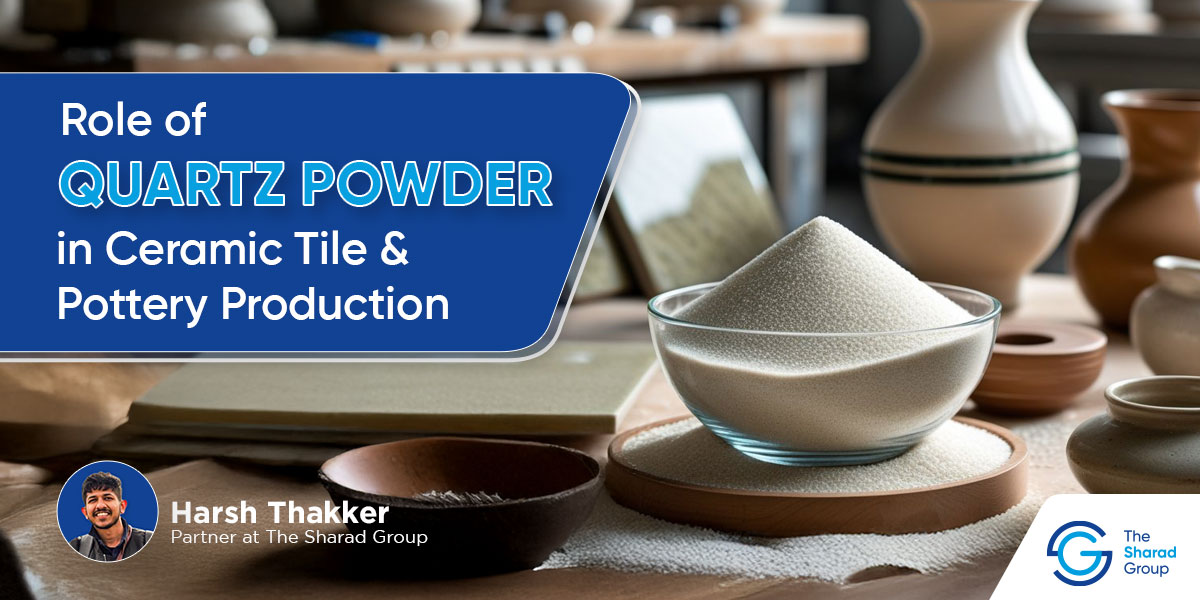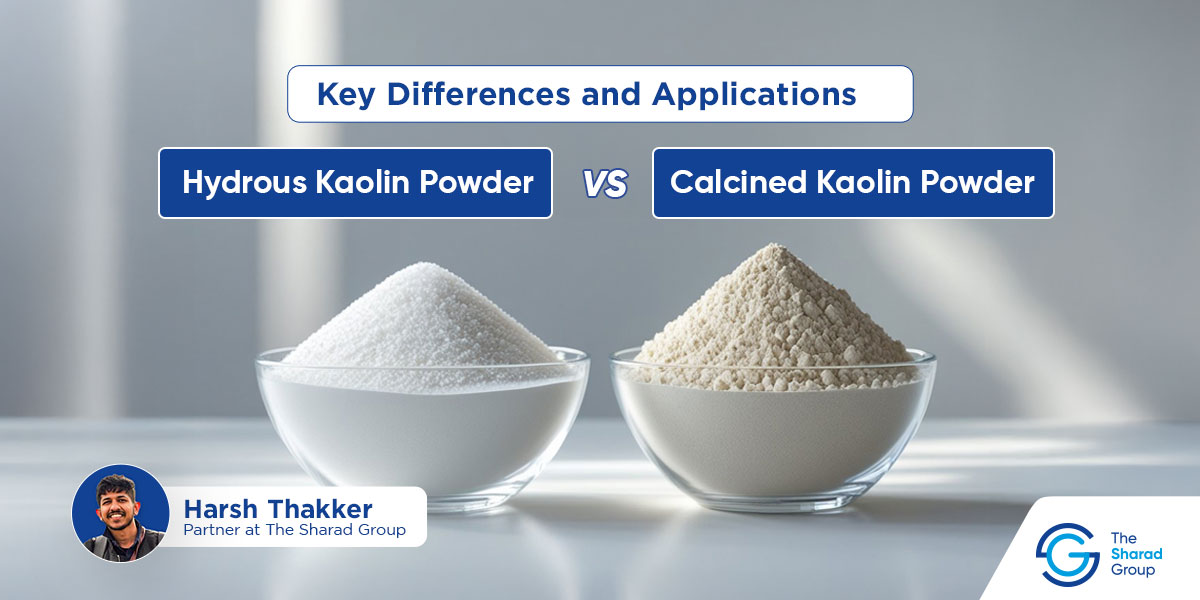Do you know that salt isn’t just used as a seasoning in your food?
It is actually an important ingredient in the production of many industrial products, such as manufacturing dyes for the textile industry and medicines for the Pharmaceuticals industry.
The role of industrial salt may not be directly visible to the end user, but for manufacturers and engineers like you, it’s highly relevant.
But the questions remain:
How is industrial salt actually made?
And what does it take for salt manufacturers to extract, refine, and deliver bulk quantities with consistency and purity?
After all, knowing this will help you make informed and responsible sourcing decisions.
In this blog, I’ll walk you through the entire industrial salt production process from the seashore to the shelf!
Let’s dive in.
How Is Industrial Salt Made: Table of Contents
- What is Industrial Salt?
- How is Industrial Salt Produced and Processed?
- Applications of Industrial Salt
- Why does Choosing The Right Partner matter for Your Salt Requirements?
- How Is Industrial Salt Made: FAQs
What is Industrial Salt?

What's on this page:
ToggleIndustrial salt isn’t your everyday food-grade salt that you use in your everyday life.
It is actually sodium chloride that is processed for industrial use only and is used in enormous volumes in the manufacturing process of several business sectors.
The purity of industrial salt is slightly lower than that of edible salt, and it is not iodized.
How is Industrial Salt Different from Table Salt?
In this table, I’ll show you the aspects in which industrial and table salt differ:
| Feature | Table Salt | Industrial Salt |
| Purity | Typically >99.9% NaCl | Varies from 95% to 99.5%+ NaCl |
| Additives | Iodine and anti-caking agents | Usually none |
| Grain Size | Fine, uniform | Coarse, medium, or custom-sized |
| Applications | Cooking, seasoning | Manufacturing, chemical processing, and more |
| Packaging | Hygienic small packs | Bulk bags, loose or industrial drums |
The Types of Industrial Salt
Industrial salt is produced in various types, and each type is based on its production method. Here’s how they are processed and where they are used:
- Solar Salt: You’ll find this kind of salt in wide open fields. It’s made in the old-fashioned way, just sun, seawater, and time. Textile units and water treatment plants often rely on solar salt.
- Vacuum Salt: This salt comes from brine that’s boiled in vacuum chambers. Since it is more purified, you’ll see it being used commonly in the pharmaceutical and food-related industries.
- Rock Salt: It is mined from underground salt deposits using mechanical or blasting methods and is quite often used in road de-icing.
- Sea Salt: The unprocessed version of industrial salt, and is mostly used in low-spec applications or reprocessed further for industrial use.
How is Industrial Salt Produced and Processed?
Now, to understand the industrial salt production process, you need to know the three different methods by which salt is produced.
Let me show you how they work:
1. Rock Salt Mining
In many cases, salt is found in layers beneath the ground.
These layers were once the sea, which dried up probably millions of years ago. In these scenarios, rock salt mining is used.
Here’s how this mining process works:
- Cut and Blast: This method starts with drilling holes into thick salt rock. Explosives go in next, and after detonation, large chunks break loose and drop to the mine floor. Those are then collected and crushed.
- Continuous Mining: A big machine with rotating teeth cuts through the salt without any explosions.
- Room and Pillar Mining: It’s like creating rooms under the ground, and those rooms are supported by pillars of salt rock. Slowly and steadily, the salt is extracted from these rooms.
Once the salt is extracted from the mine, this is how it is further processed:
- Crushing: The big blocks or particles of the salt are broken down into smaller pieces.
- Screening: Gets sorted by size.
- Washing: Any dirt or tiny rocks are removed.
- Drying: The moisture from washing is removed.
- Packaging: Packed in the preferred way of the client.
2. Solar Evaporation
Unlike the previous method I discussed, which uses machines, solar evaporation uses natural elements such as the sun, wind, and seawater.
This is how the entire process happens:
- First, seawater is pumped into large and shallow concentration ponds.
- Over time, the water slowly evaporates in the sun.
- The brine becomes more concentrated as the water evaporates.
- It is then moved to crystallization ponds, where salt crystals begin to form at the bottom of the ponds.
After this, the extracted salt is further processed, and this is how it is done:
- Harvesting: The salt is collected from the ponds either manually by workers or by machines.
- Washing: Brine is sprayed on the salt to remove dirt or impurities.
- Drying: Next, to remove the moisture, it’s either dried in the sun or by placing it in the dryer.
- Packaging: Lastly, the salt particles are screened according to size and then packed for the clients.
The solar evaporation method is very eco-friendly and cost-effective, as nature primarily assists in the formation of industrial salt.
3. Vacuum Evaporation
If your requirement is a clean and pure form of industrial salt, then vacuum evaporation is the ideal method for your grade.
Industrial salt extracted using this method can be used in pharmaceuticals, food-grade chemicals, or high-end industrial processes.
This method works in four stages:
- Solution Mining: Water is pumped into salt deposit wells, which are connected via lateral drilling (a salt production technology).
- Brine formation: The salt gets dissolved in the water, creating a salty brine that is then pumped to the surface.
- Evaporation: The brine is then processed through equipment that heats it under low pressure or a vacuum. That’s how the brine boils at lower temperatures.
- Extraction: When the steam exits, pure salt gets formed, which is then collected.
These collected salt crystals are then taken to the processing stage:
- Centrifuging: The salt is spun at high speeds to remove any leftover liquid.
- Drying: It’s completely dried to remove all moisture.
- Purification: It is treated by adding chemicals to remove other minerals.
- Packaging: The clean salt is then packed carefully for delivery.
Applications of Industrial Salt

You can call industrial salt an all-rounder, as it caters to the following sectors in several ways:
- Chemical Industry: The electrolysis of brine produces chlorine and caustic soda, which are used for manufacturing PVC, papers and detergents.
- Water Treatment: Used in ion-exchange systems to remove hard minerals like calcium and magnesium.
- Textiles: Helps fix dyes onto fabrics for vivid colors and a uniform finish.
- Leather Tanning: Prevents bacterial growth during the tanning process.
- Oil and Gas: Stabilizes drilling fluids, controls pressure, and increases density.
- Pharmaceuticals: Produces saline solutions and capsules.
- Animal Feed: Adds essential sodium to livestock diets.
Choose the Right Supplier for Your Salt Supply
As we have seen in this blog, there’s a quite complex process that goes into the extraction and refinement of industrial salt.
And the quality of salt can directly impact the productivity of your enterprise!
That’s why leading industries trust The Sharad Group to consistently deliver high-quality supplies of industrial salt.
Through our salt production operations, we produce 250,000 tons of product every year. Here’s what you can expect from us:
- Options for both industrial and edible salt.
- Quality assurance checks before we ship your order.
- On-time supplies for both domestic and international markets.
So, if you are looking for consistency, bulk supply, and on-time delivery, reach out to us for samples, quotes, and consultations!
How is Industrial Salt Made: FAQs
1. How is industrial salt different from table salt?
There are significant differences between industrial salt and table salt, and they are as follows:
- Industrial salt is not refined, lacks iodine or anti-caking agents, and the grains are larger. Plus, it is primarily used for manufacturing purposes and is not intended for consumption.
- Table salt, on the other hand, is food-grade, purified and iodized for human health and kitchen use.
2. What is industrial salt used for?
Industrial salt is generally used for:
- Chemical manufacturing
- Water treatment
- Textile dyeing
- Leather tanning
- Detergent production
- De-icing
3. What is the purity level of industrial salt?
The purity levels of industrial salt generally range from 95% to over 99.5% sodium chloride purity. The purest one is Vacuum salt, which is ideal for pharmaceuticals and food-grade applications, while rock salt has the least purity.
4. Can I order industrial salt in bulk from The Sharad Group?
Yes, you can order industrial salt in bulk from The Sharad Group. We offer bulk industrial salt supply with custom grades, consistent quality, and global export capabilities. High-capacity production units and a robust supply chain network will ensure the timely fulfillment of your orders.






